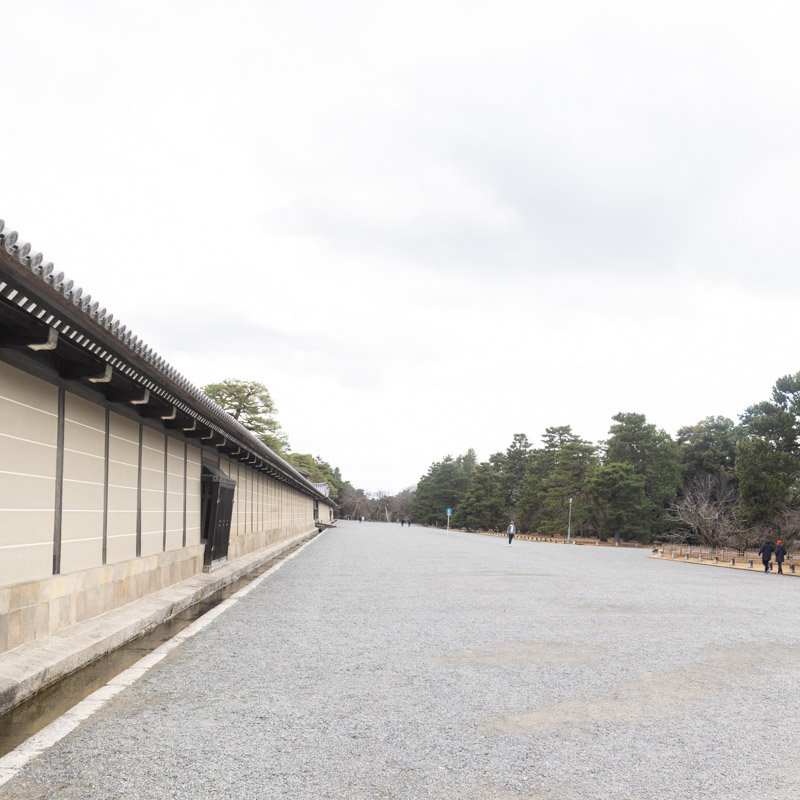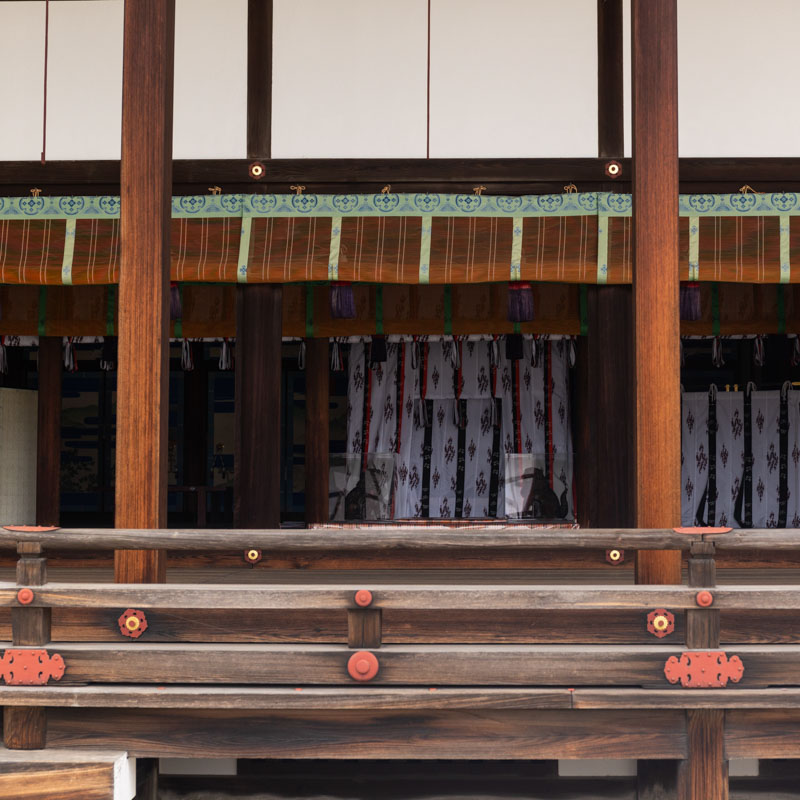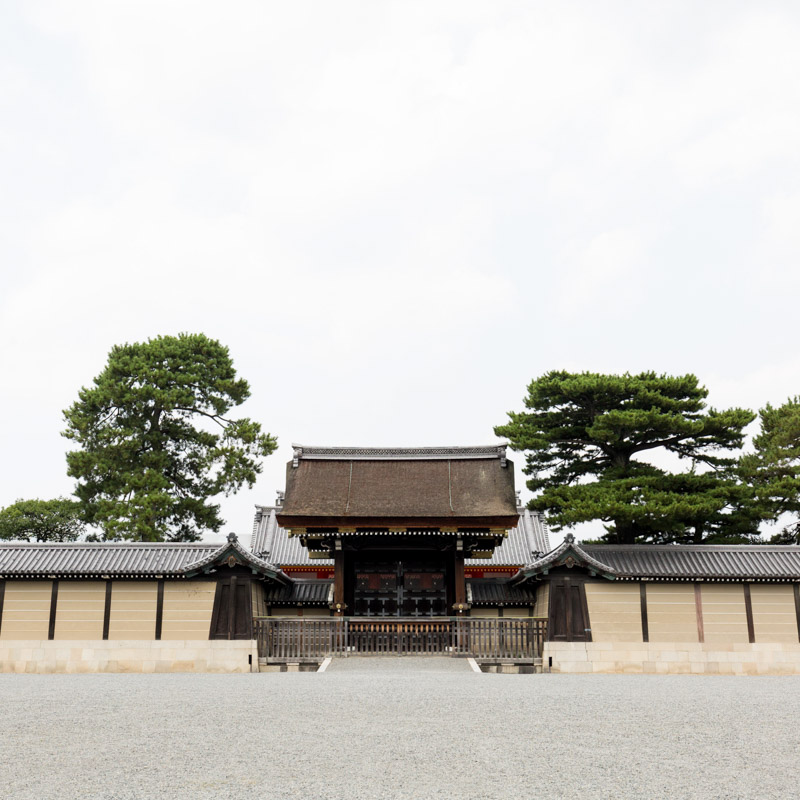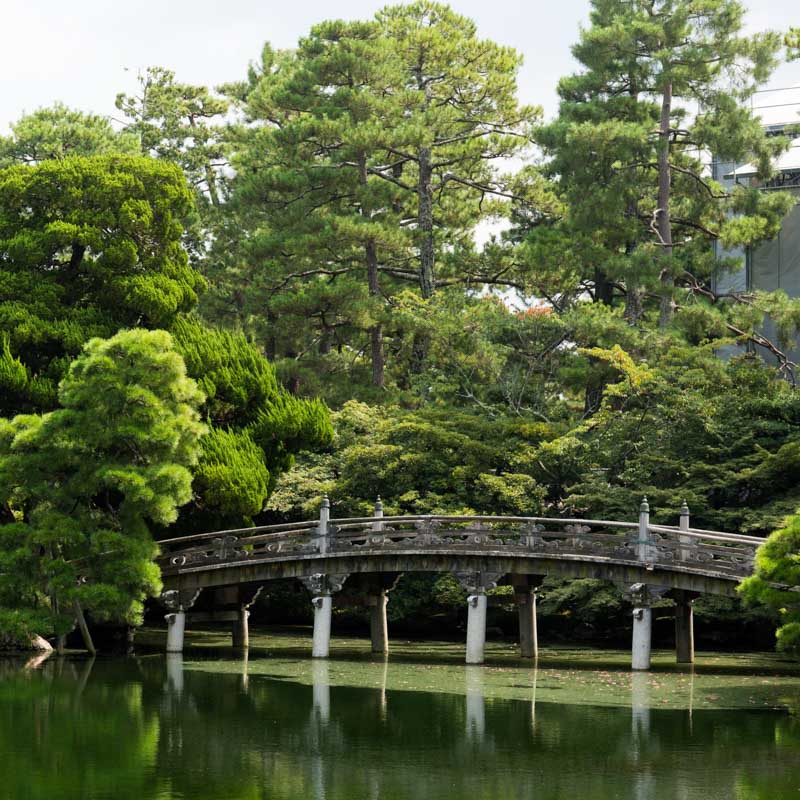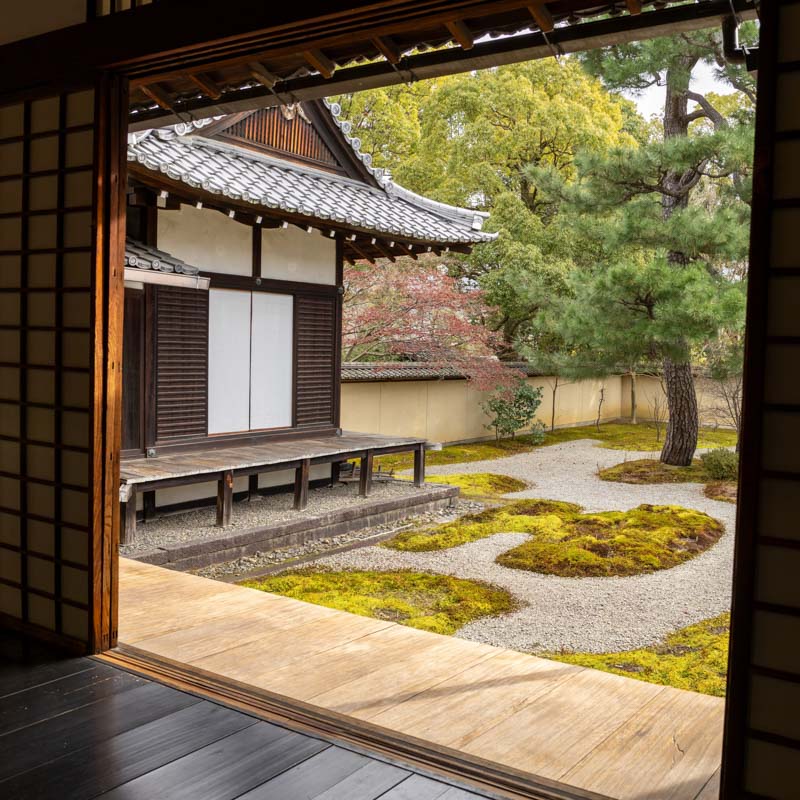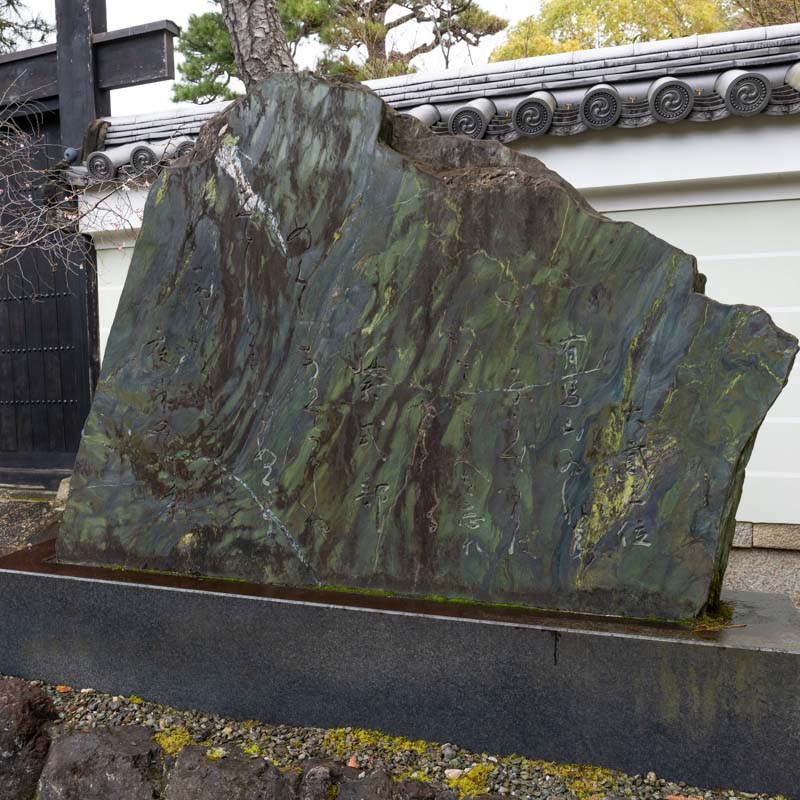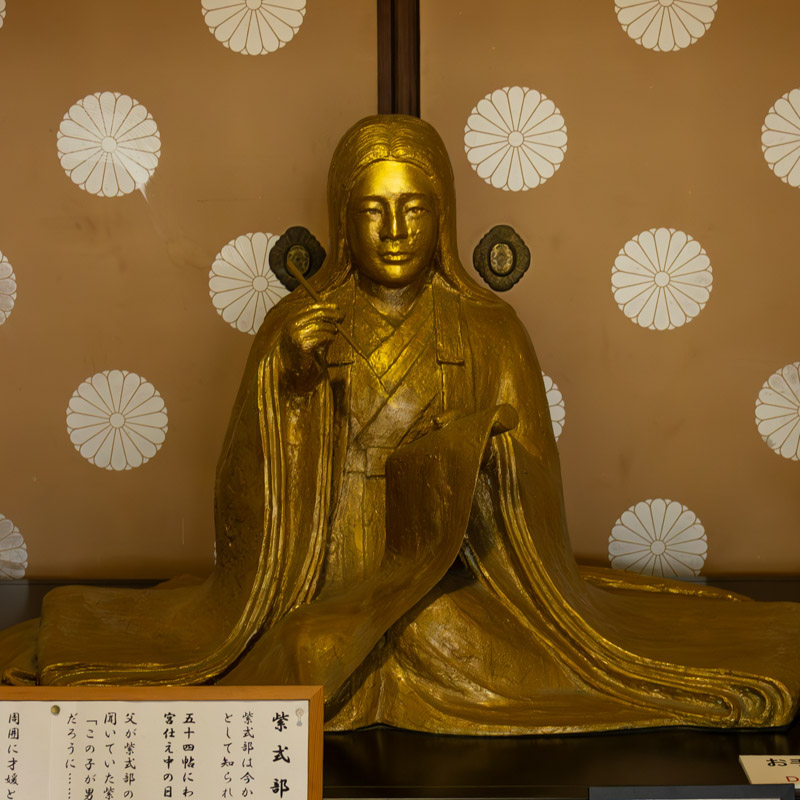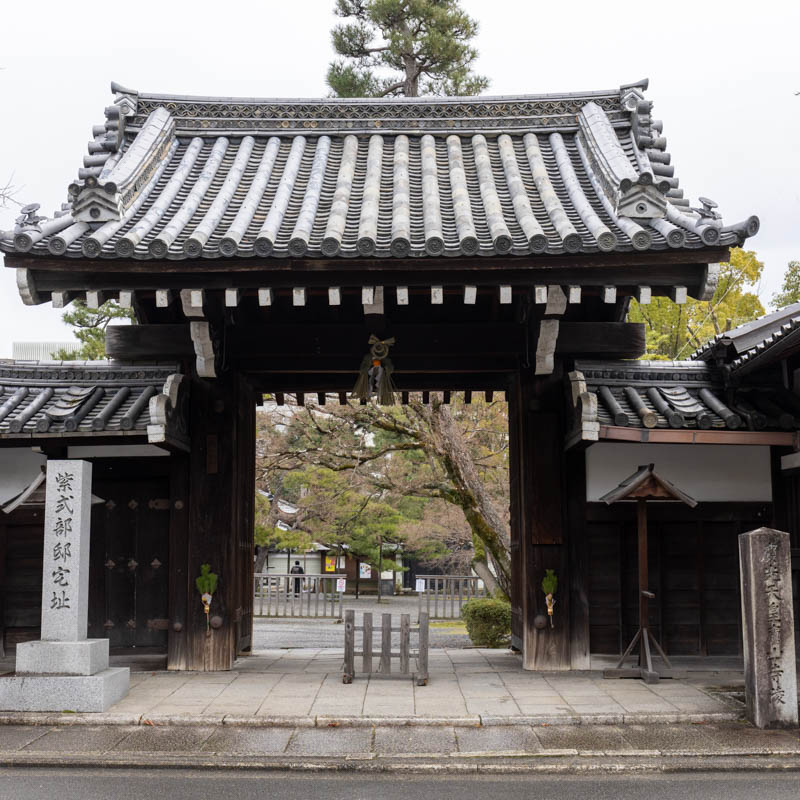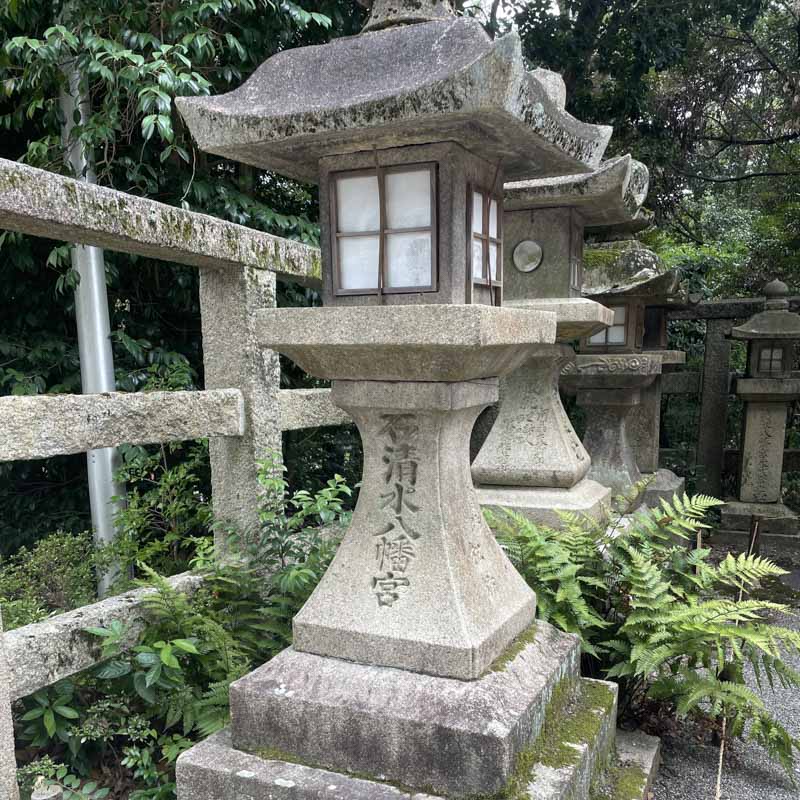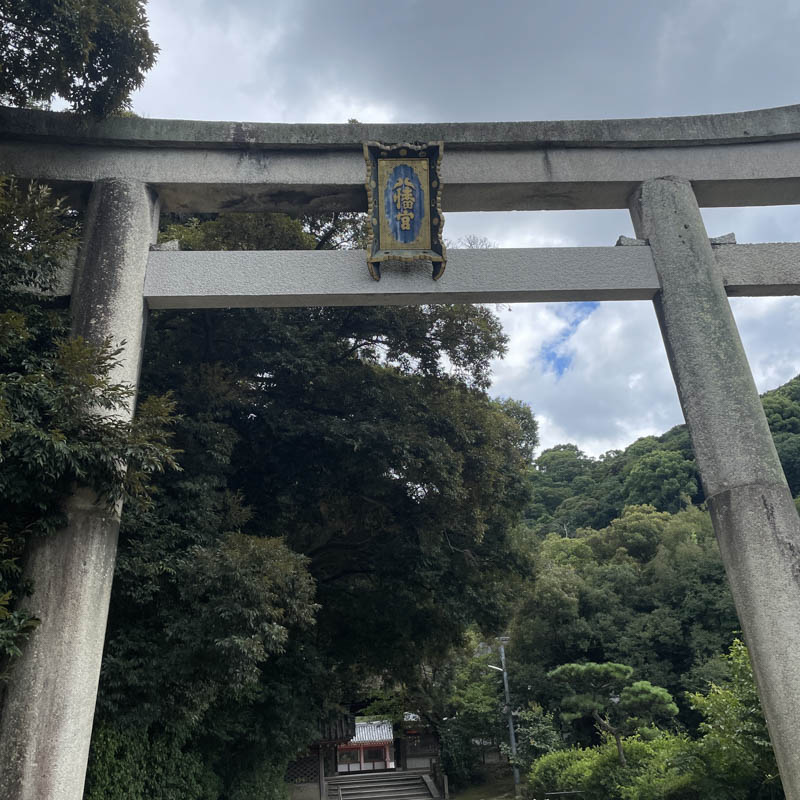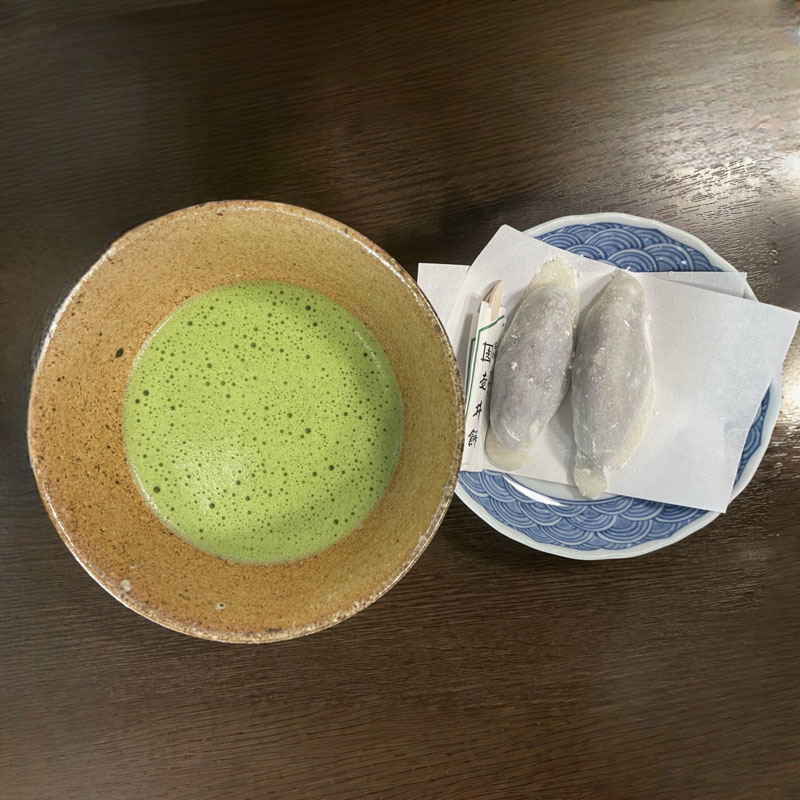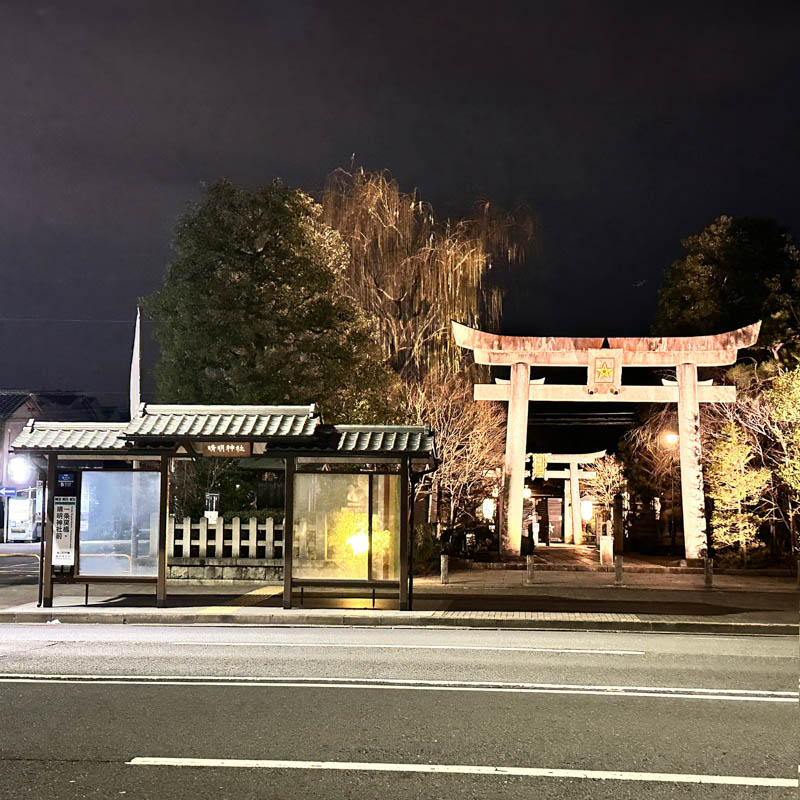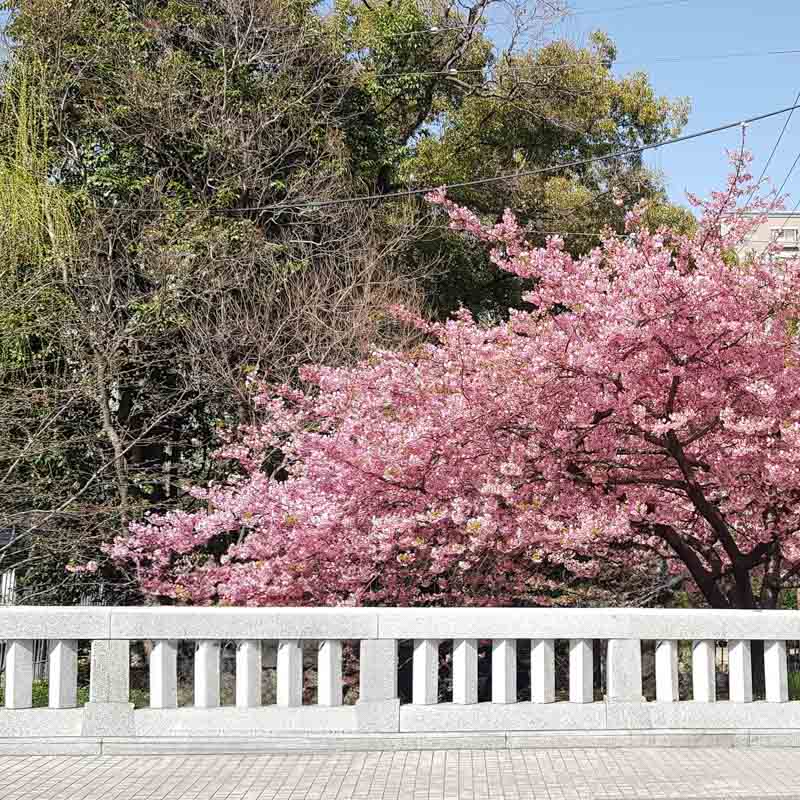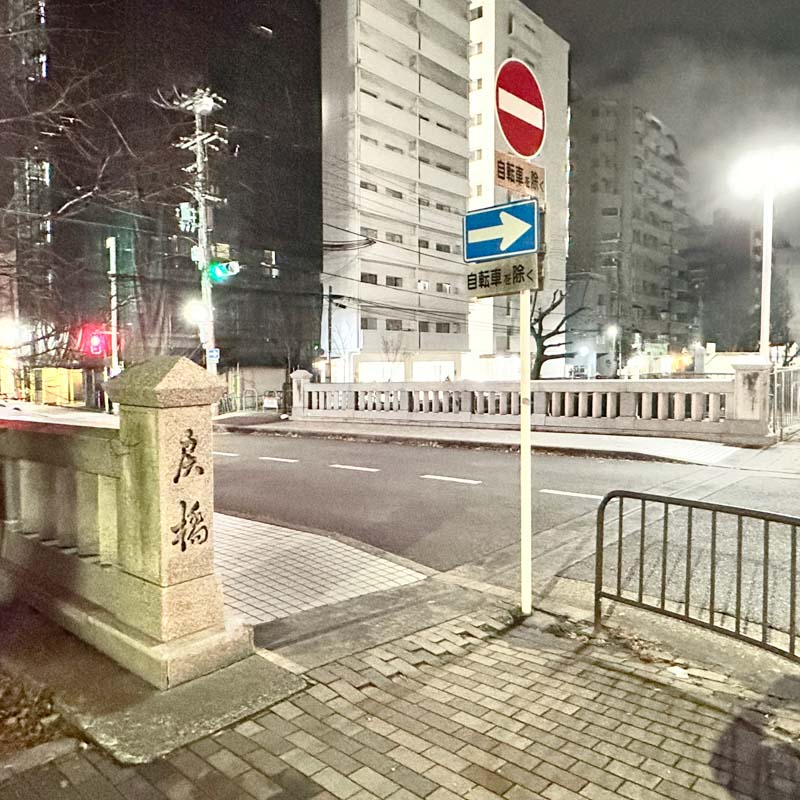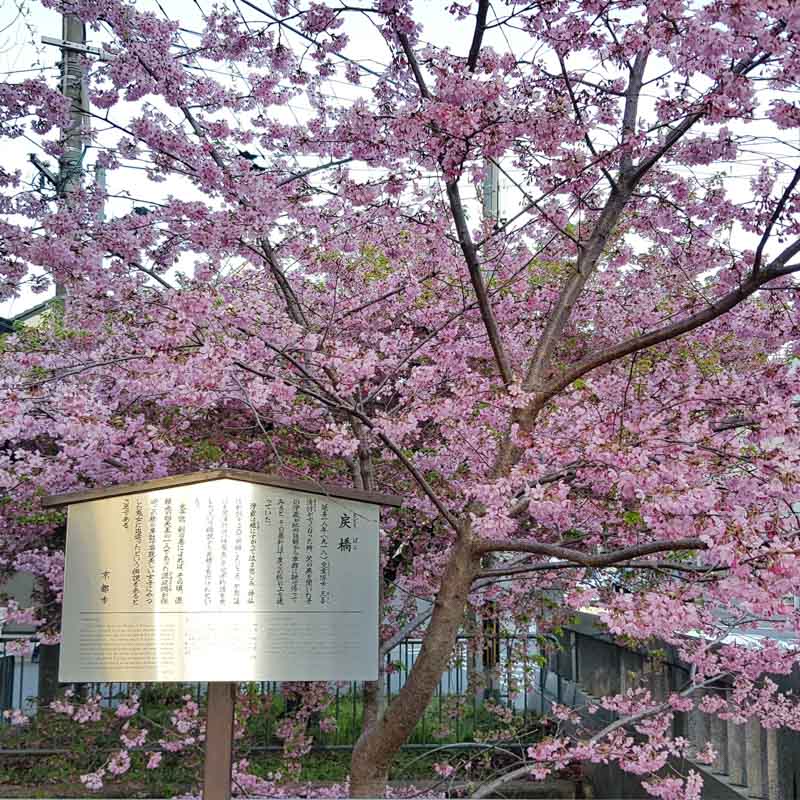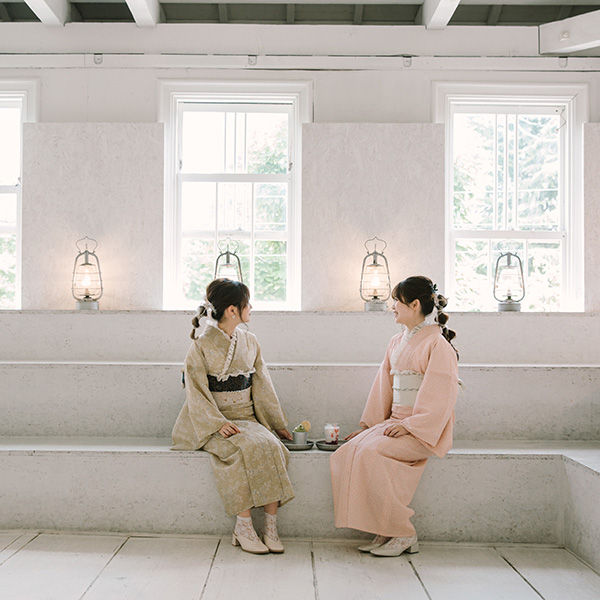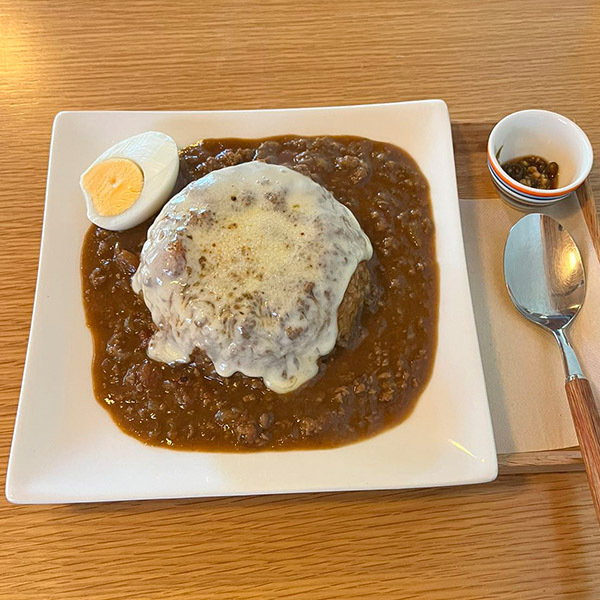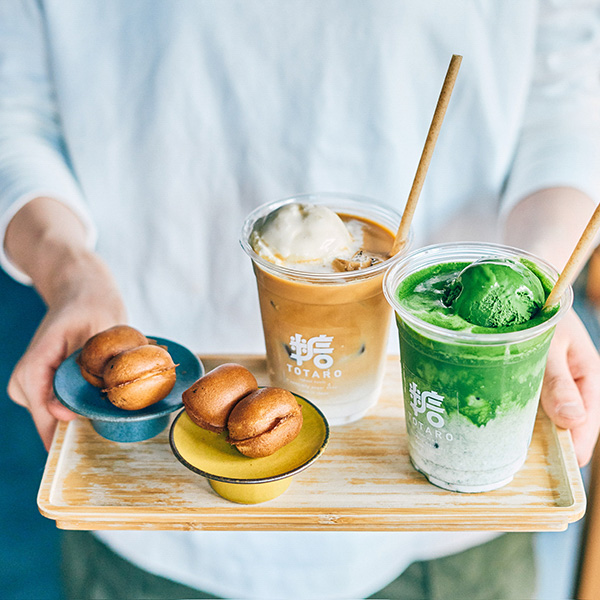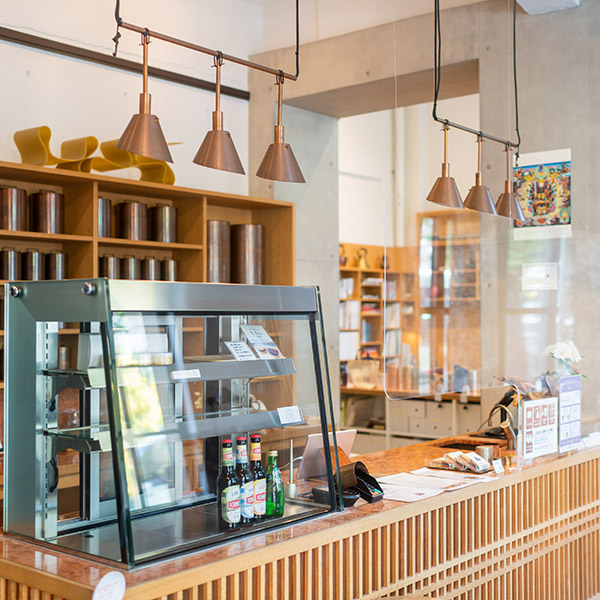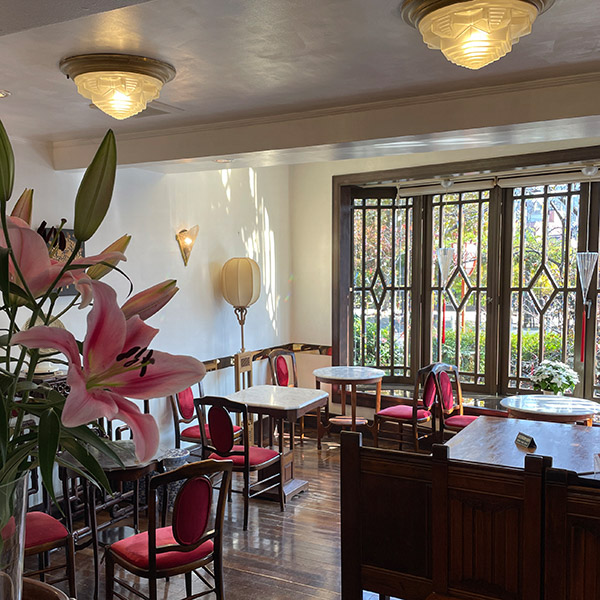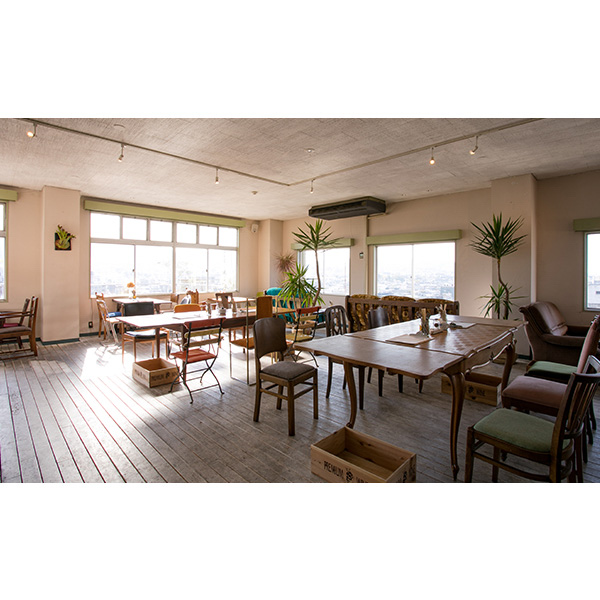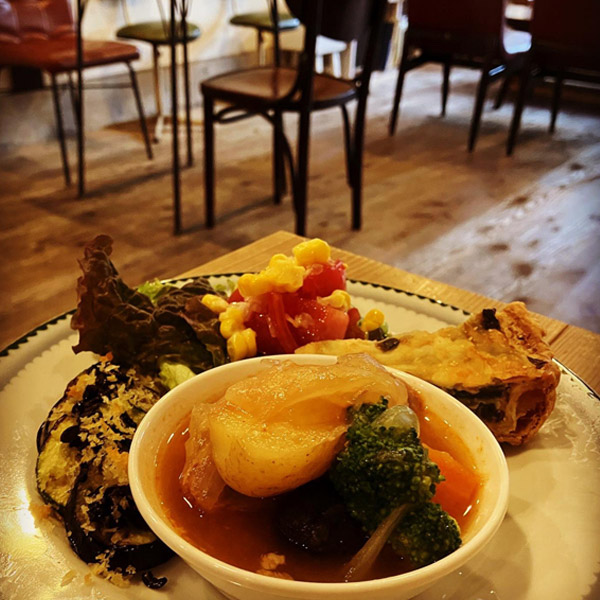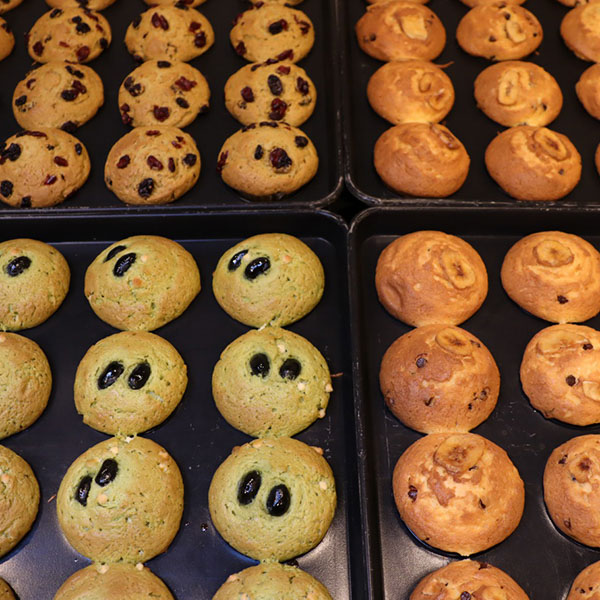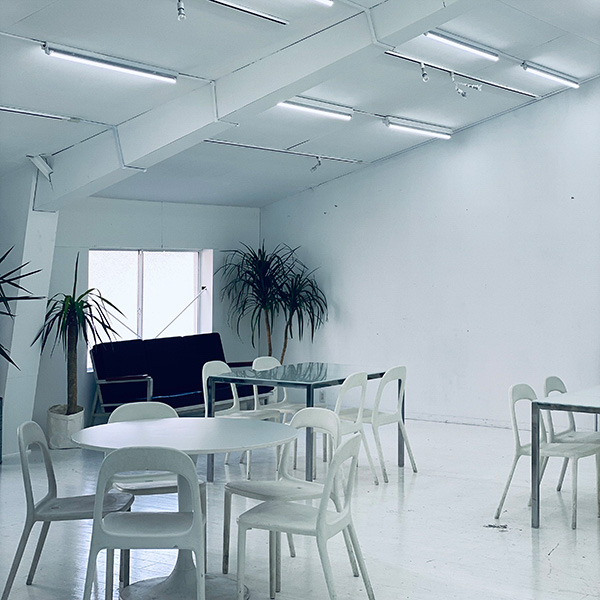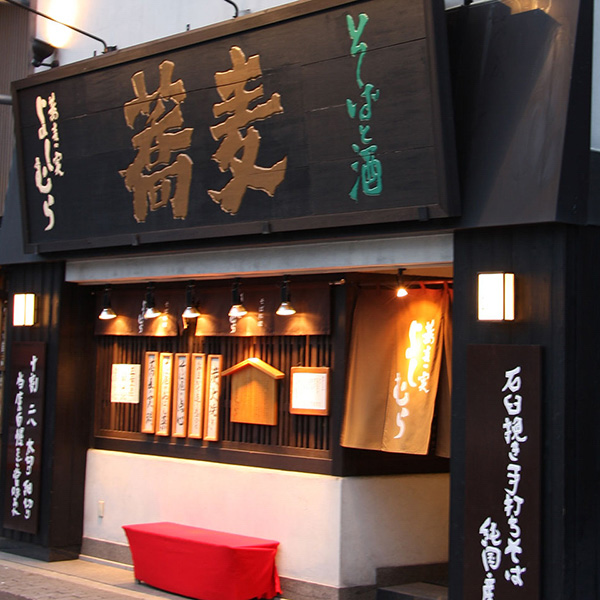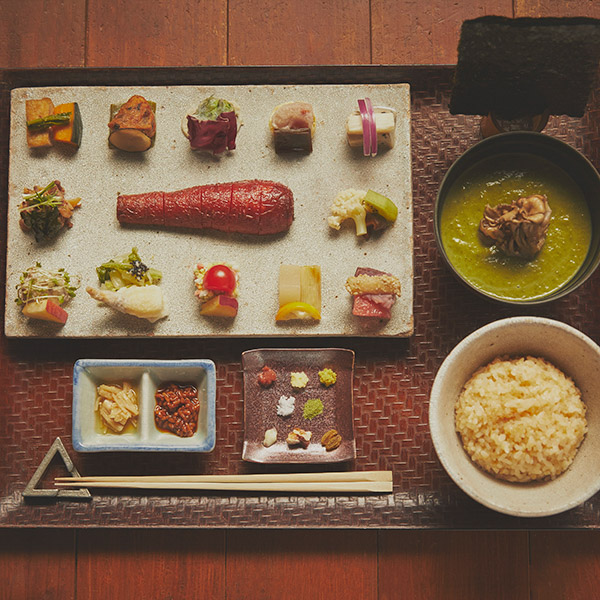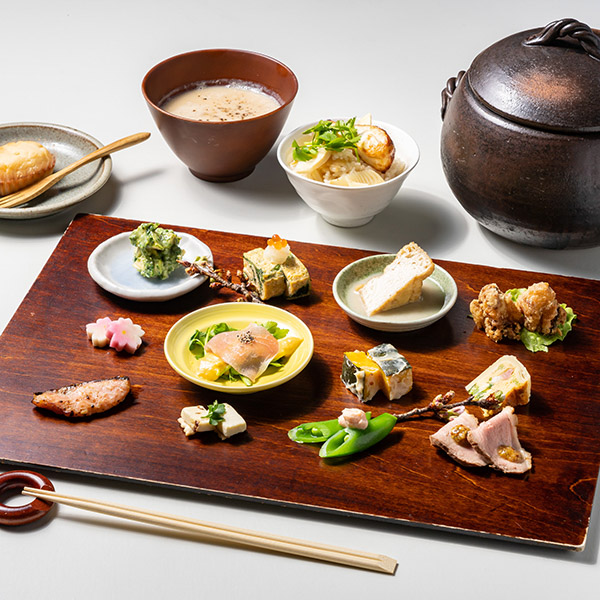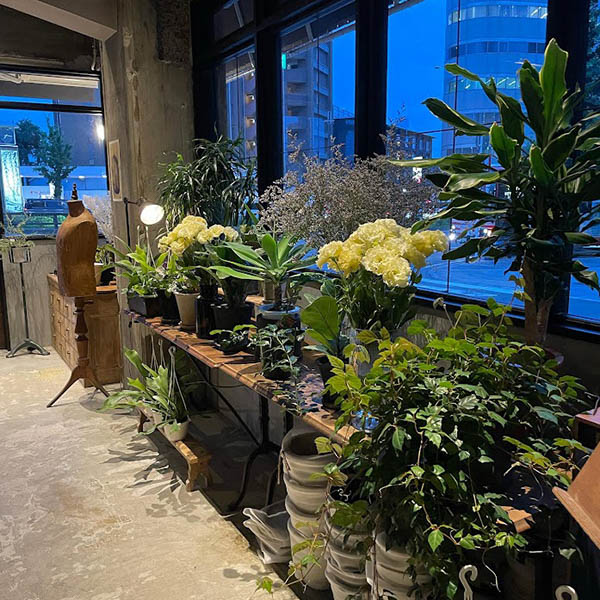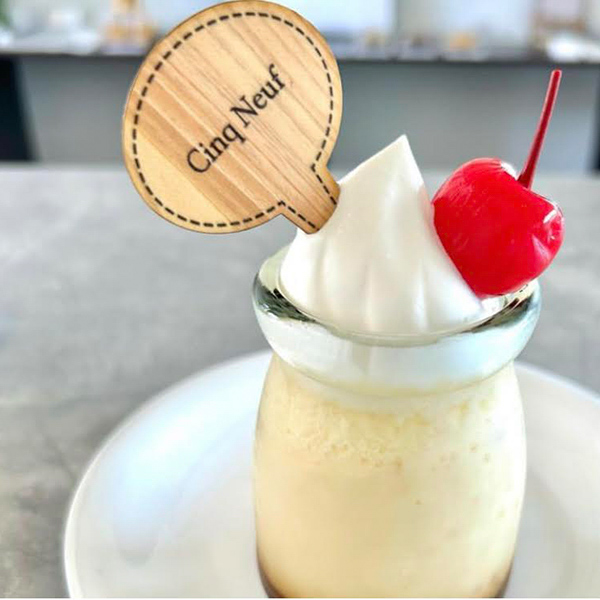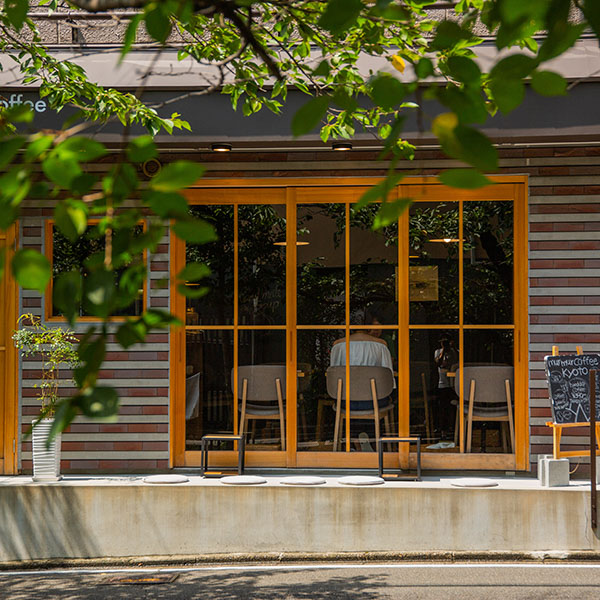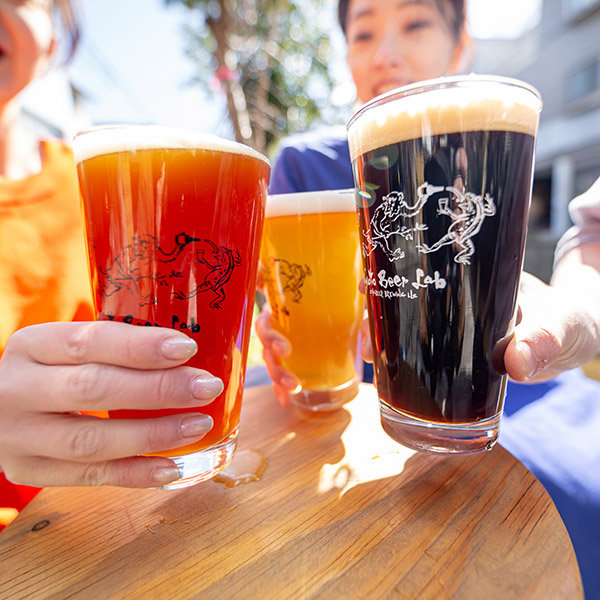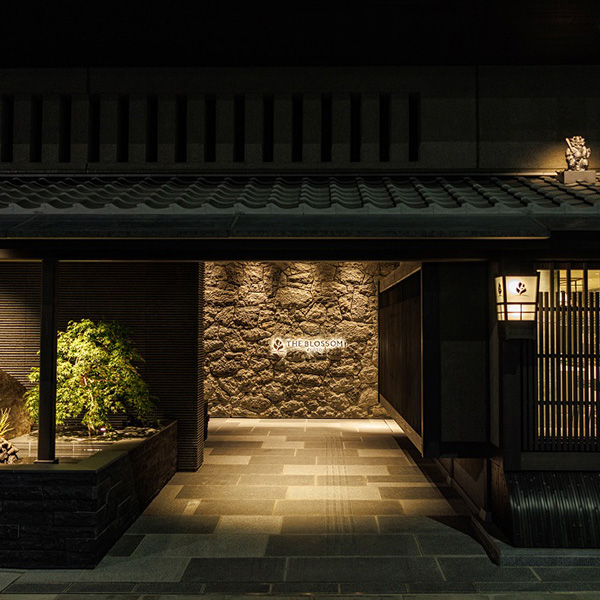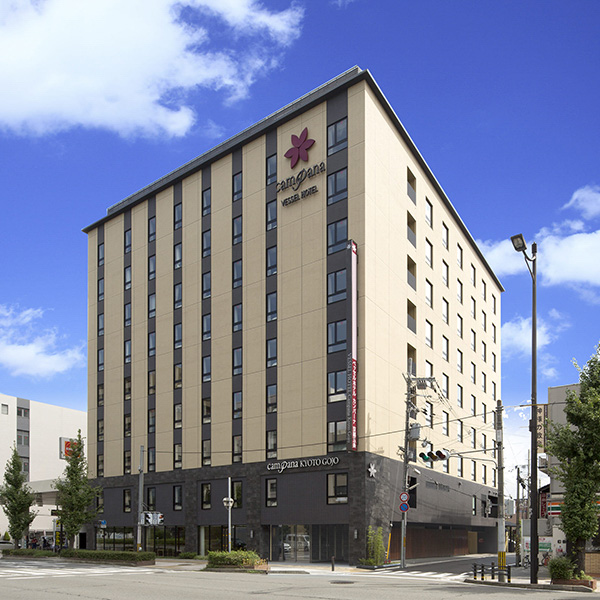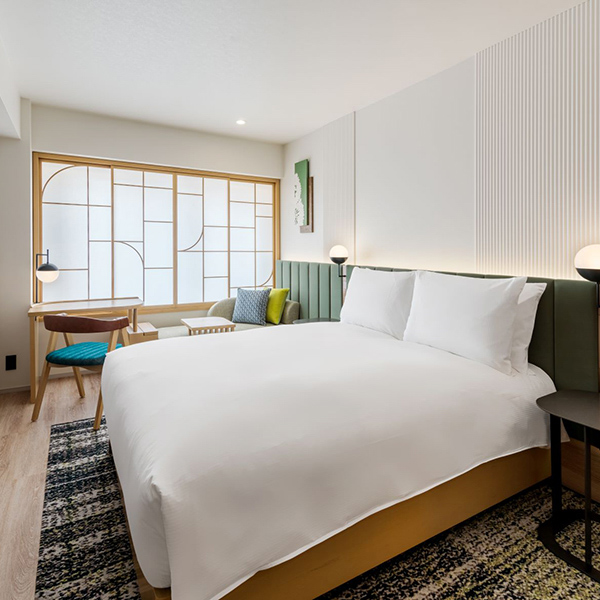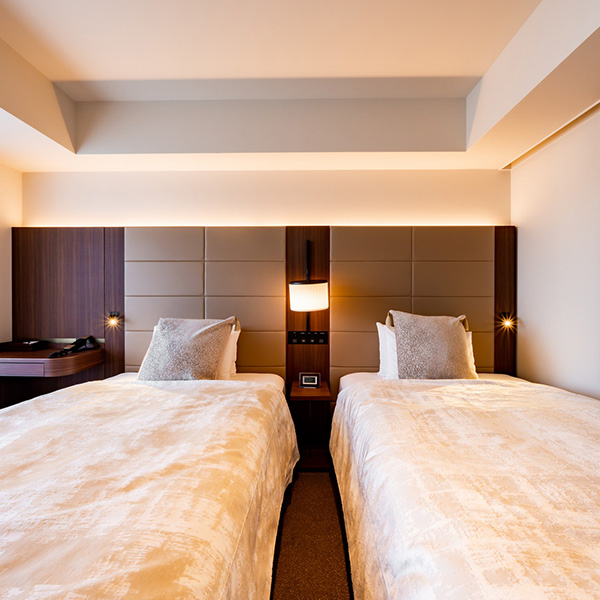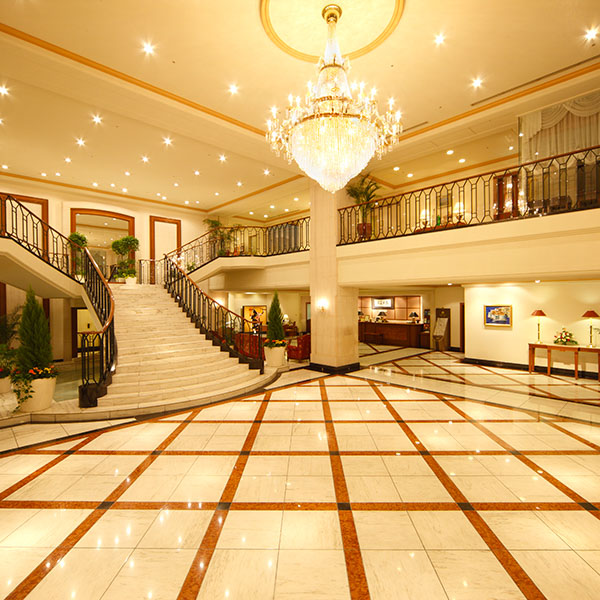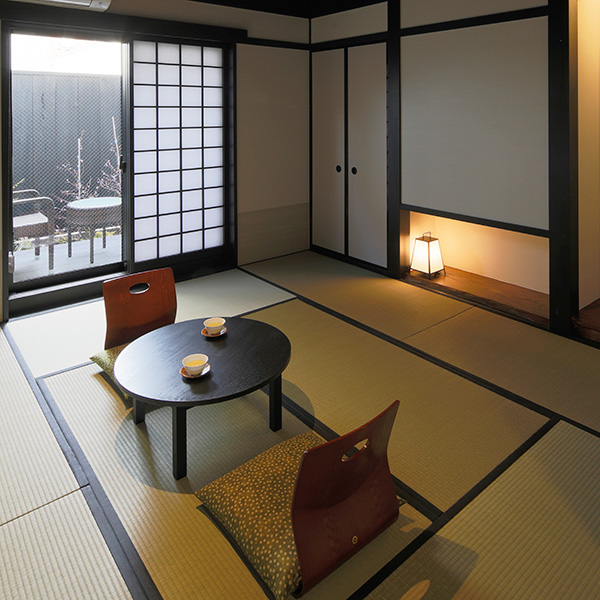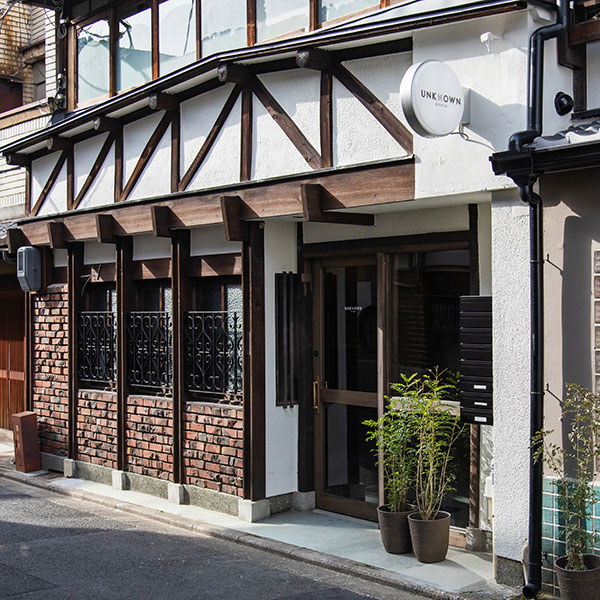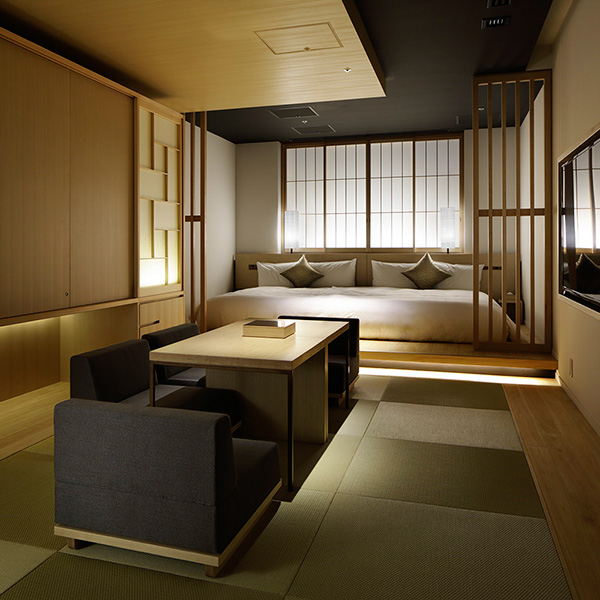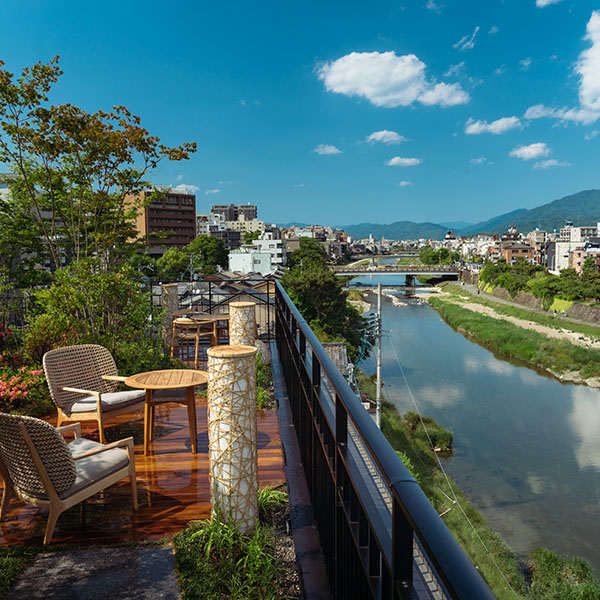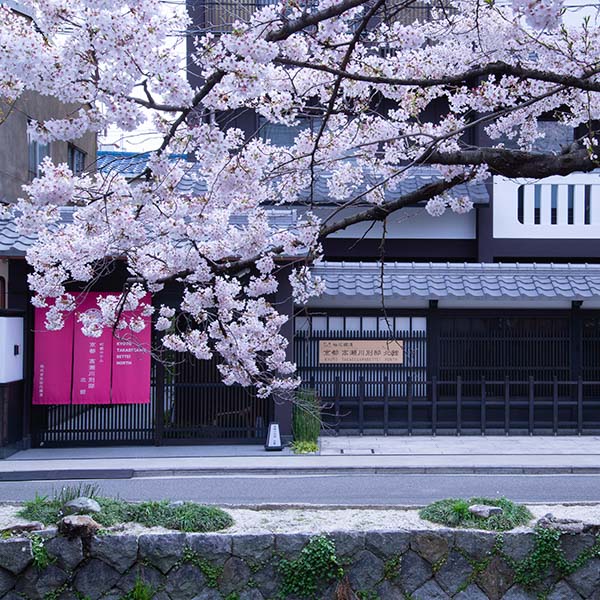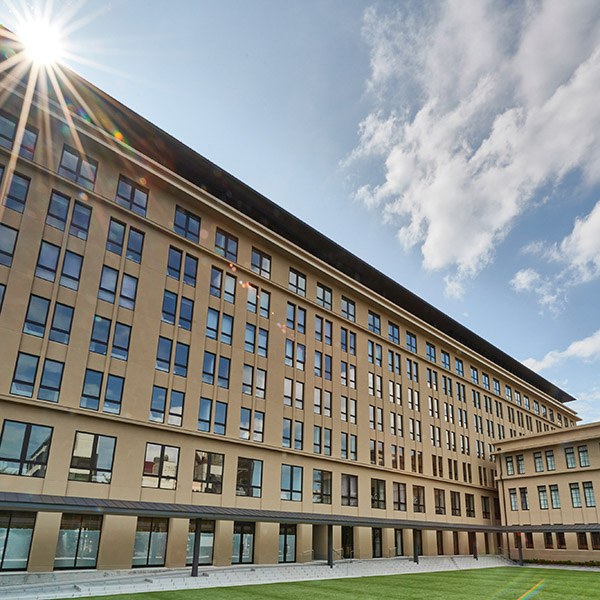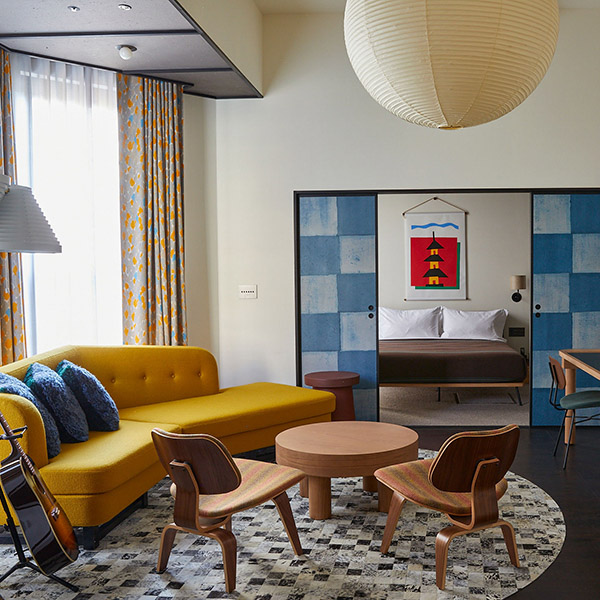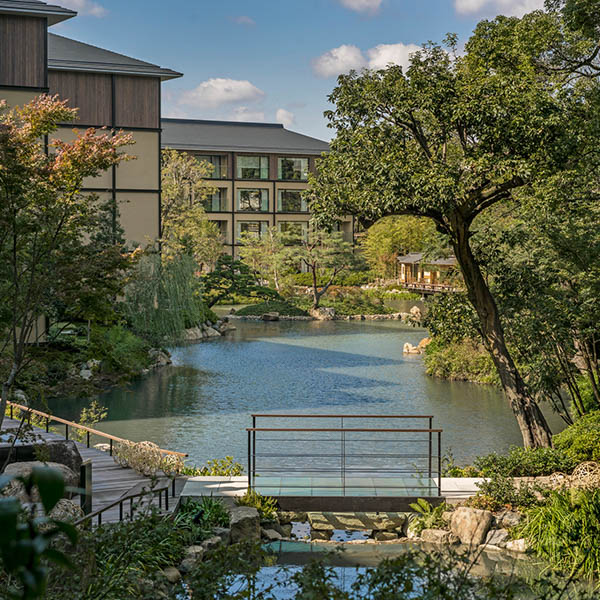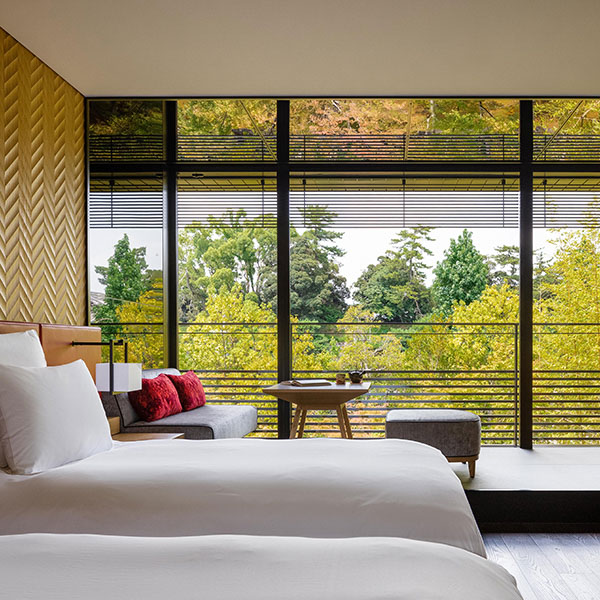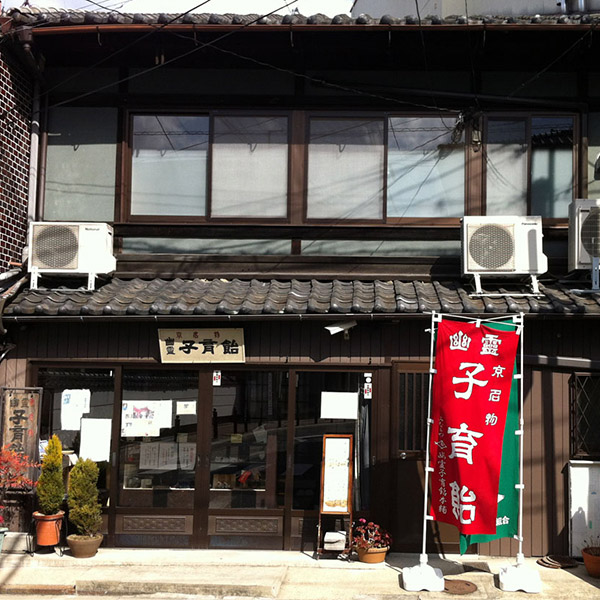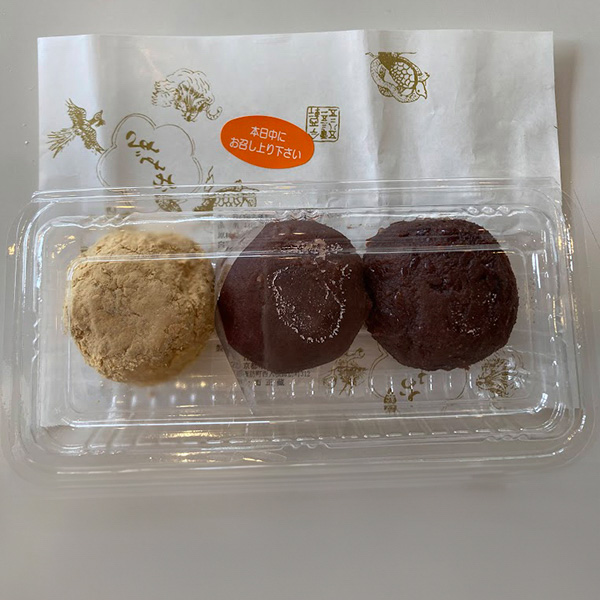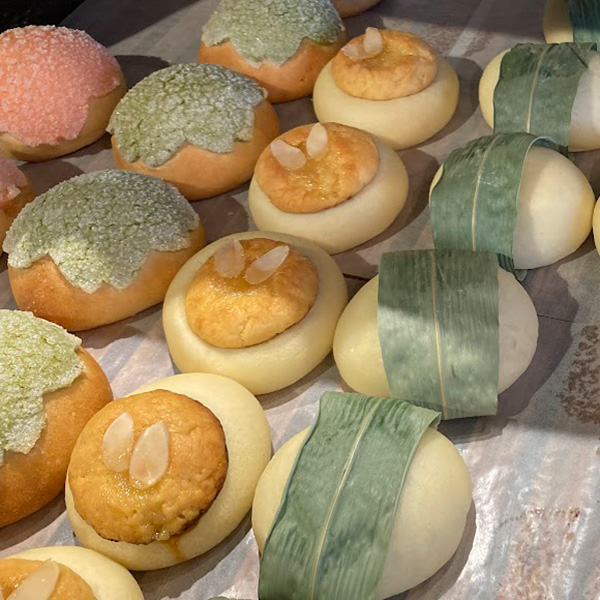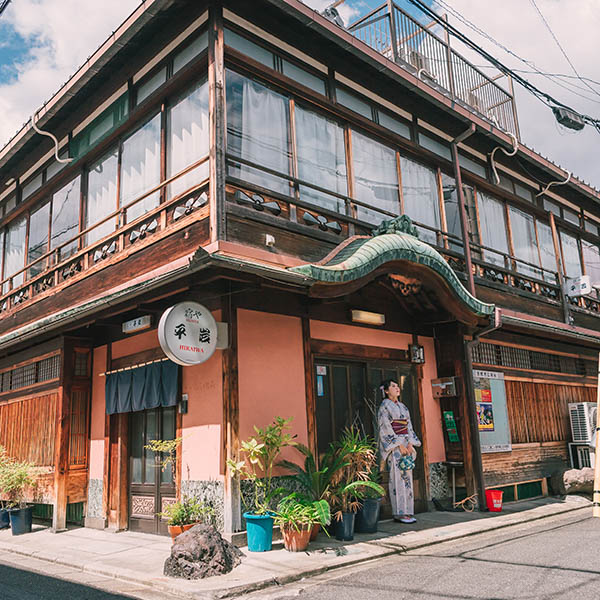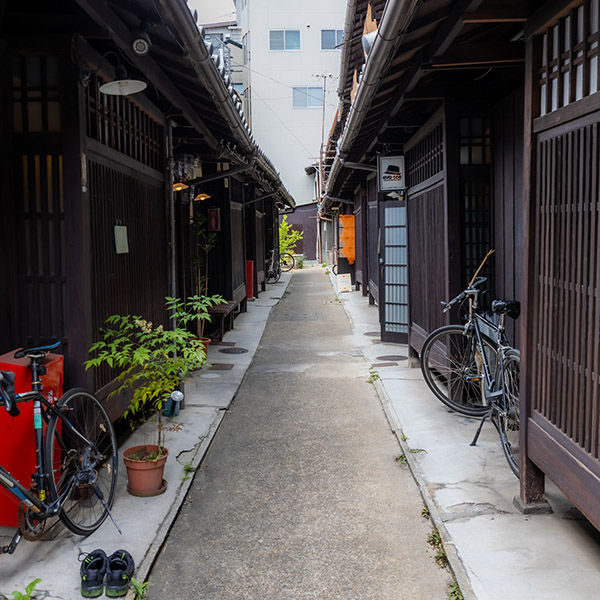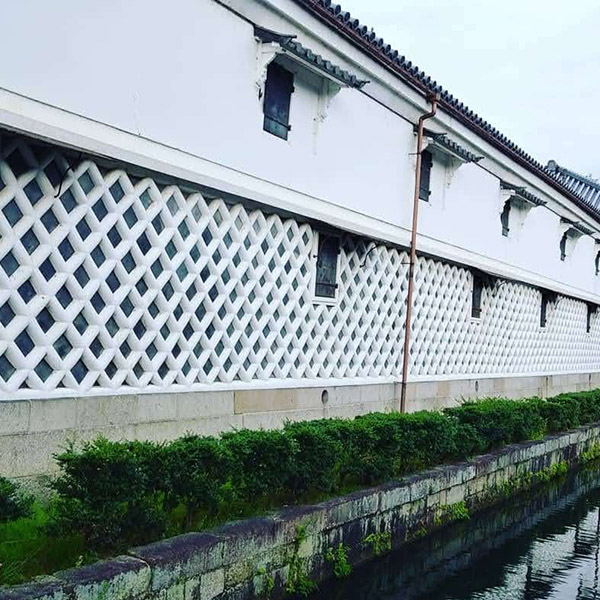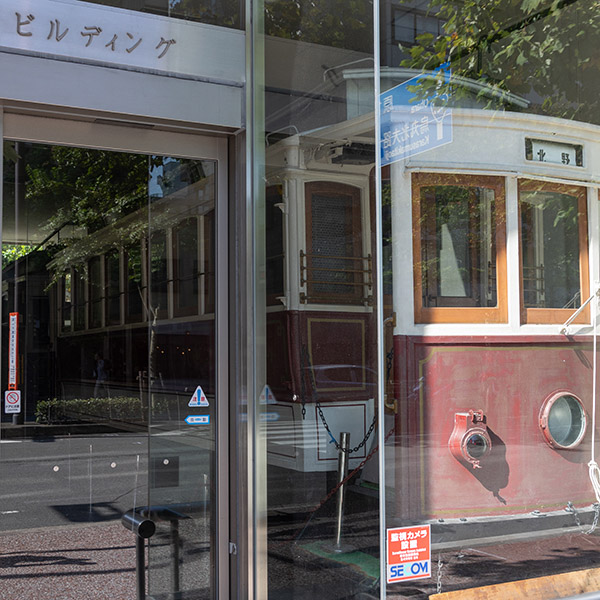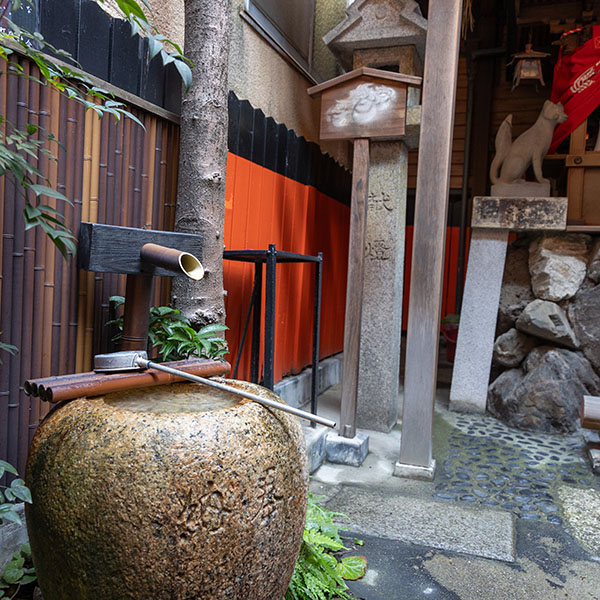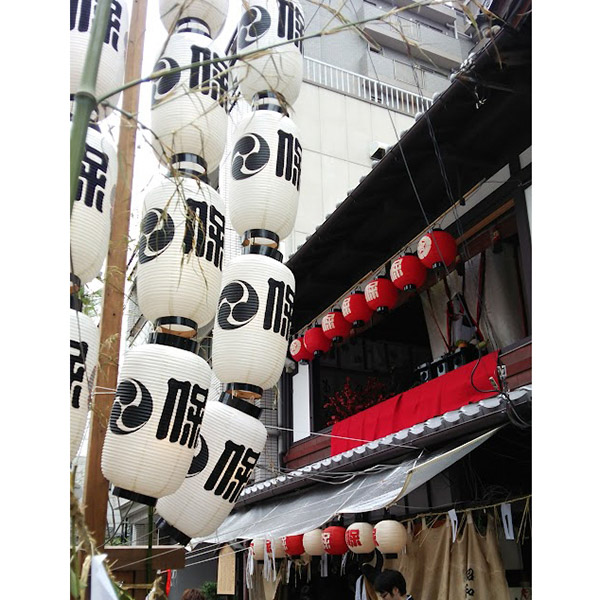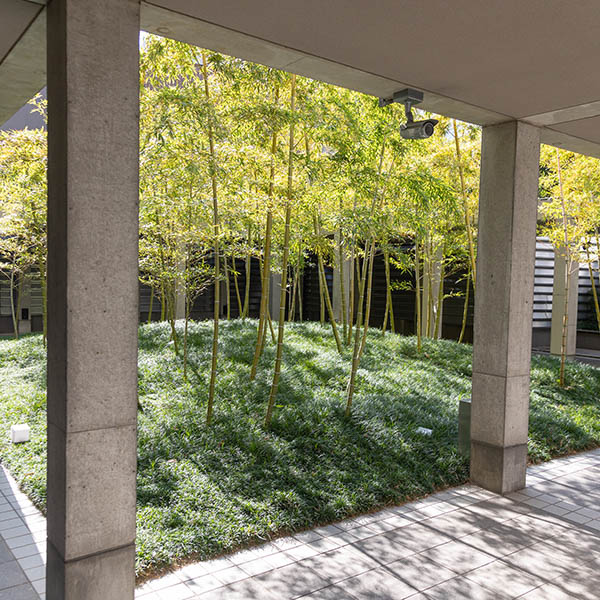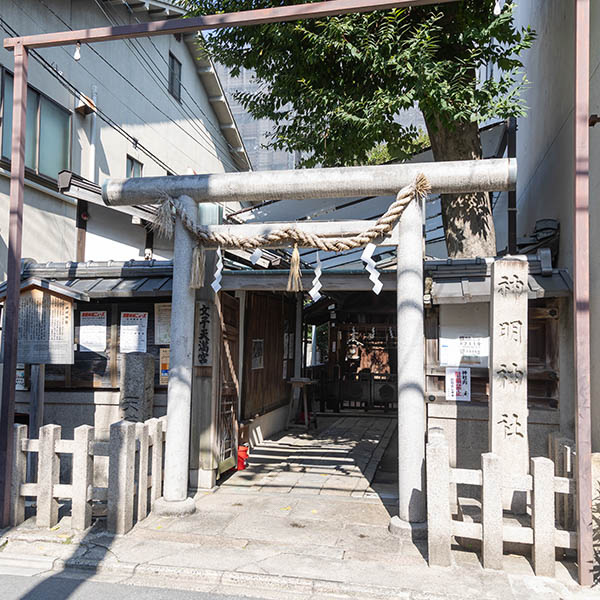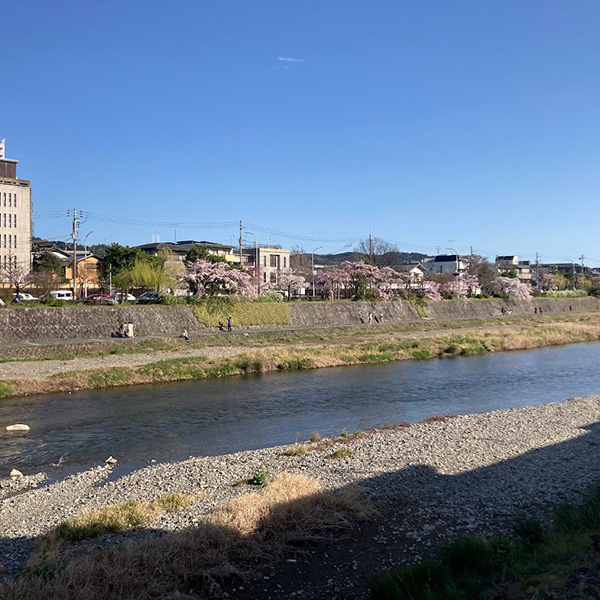Pilgrimage to Sacred Sites in Kimono
Drama
Movie
Anime
Game
Dear Radiance
Uji Bridge (Uji River)
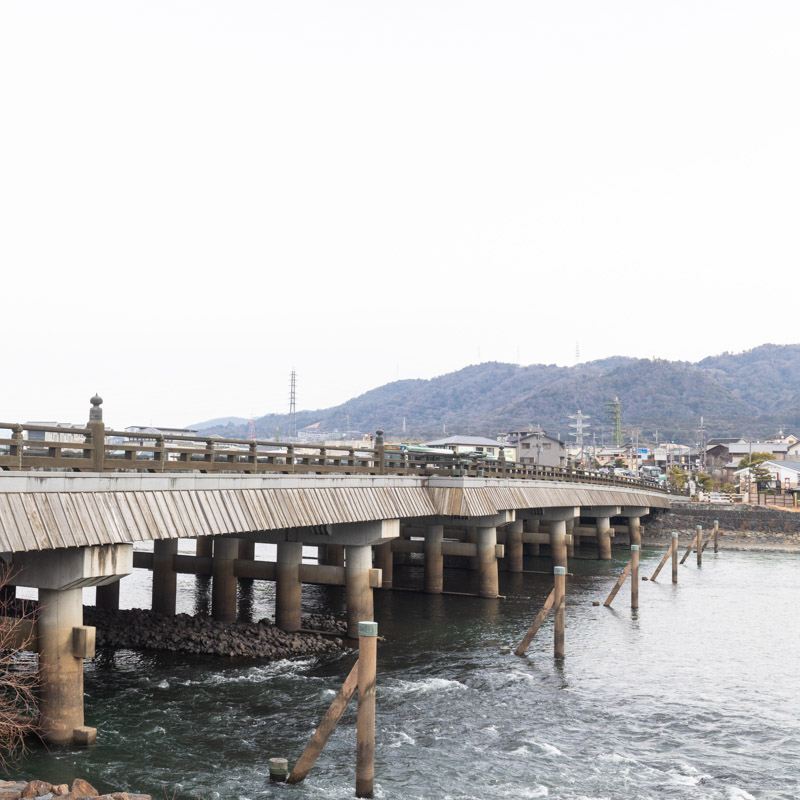
This bridge, which spans the Uji River, is known as one of the three oldest bridges in Japan. Adorned with decorative railings and ornamental finials called gibōshi, it is not only beautiful but also historically significant, appearing in classic works such as the Kokin Wakashū and The Tale of Genji. The bridge is also mentioned in various legends, giving it a special cultural meaning. Its design features traditional architectural beauty, particularly the wooden railings and the gibōshi on the pillars. Nearby, you’ll find Byodoin Temple—a UNESCO World Heritage site—and Asagiri Bridge, which is associated with The Tale of Genji. Together, they make this area of Uji a perfect photo spot.
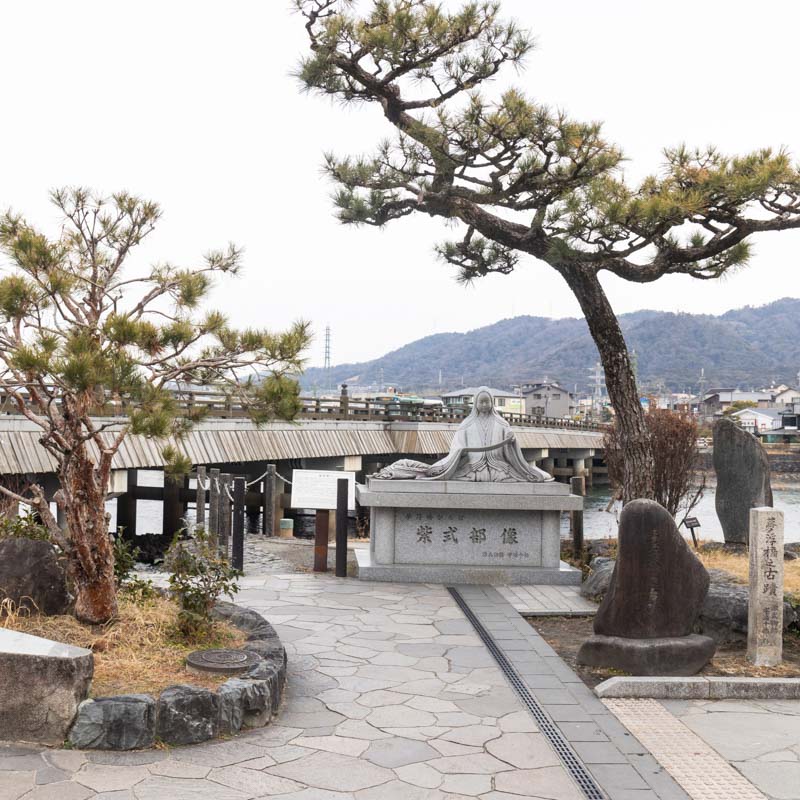
With the romantic atmosphere of the Heian period surrounding Uji Bridge in the background, taking photos in a kimono or posing with the Poké Lids featuring Chadeath and Yabasocha—designed with motifs of traditional tea utensils found nearby—will give you the perfect shot!
Transportation Access
1-minute walk from Keihan Uji Station on the Keihan Uji Line.
Byodo-in Temple
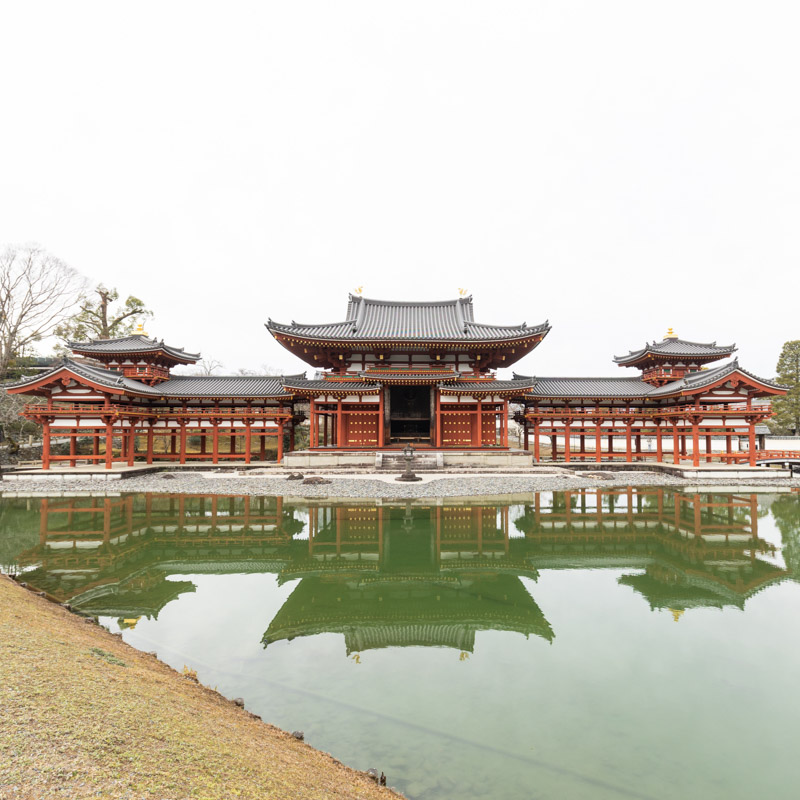
After the death of Hikaru Genji, much of *The Tale of Genji* is set in Uji. The final ten chapters are known as the "Uji Jūjō" (The Ten Uji Chapters).
Fujiwara no Michinaga owned a vast villa in this area, known as Uji-dono.
The temple was founded by Michinaga’s son, Fujiwara no Yorimichi (portrayed by Keisuke Watanabe in the drama), on the land he inherited from his father’s Uji-dono estate. The Amida Hall came to be known in later generations as the "Phoenix Hall" because its shape resembles a bird with outstretched wings and it is adorned with a pair of phoenix statues on its roof.
The Aji Pond surrounding the Phoenix Hall is said to have inherited its form from the garden pond of Michinaga’s villa.
Byōdō-in was built to represent the Pure Land of Ultimate Bliss, offering solace from successive natural disasters and epidemics. It continues to reflect the grandeur of the Fujiwara clan and the prayers of the people of the Heian period.
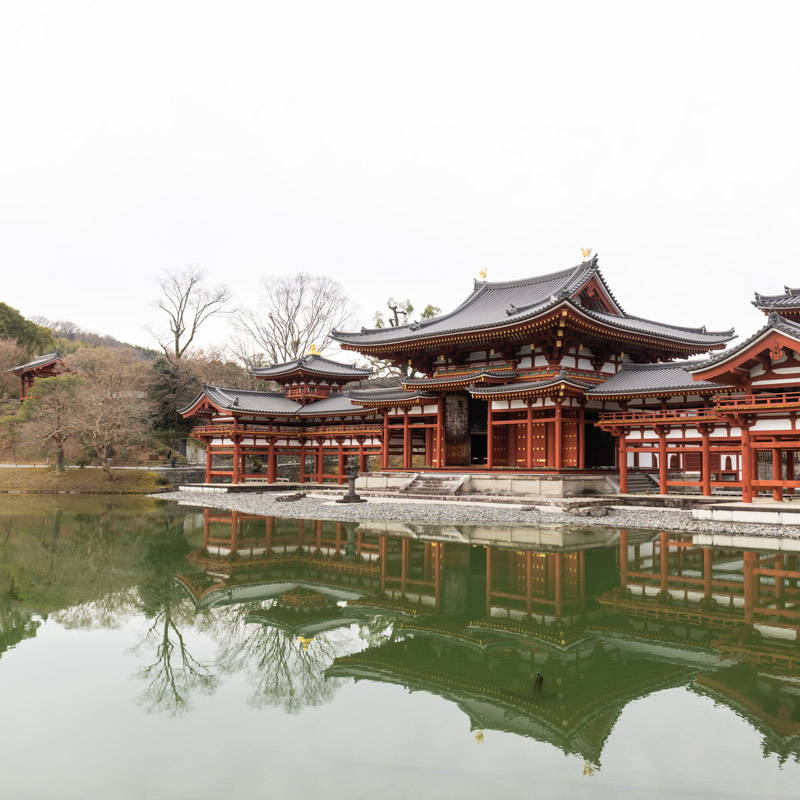
Byōdō-in, also famous for being depicted on the back of the 10-yen coin. The reflection of the temple on the water is a must-photograph sight!
Transportation Access
Kyoto Imperial Palace・Kyoto Imperial Gardens
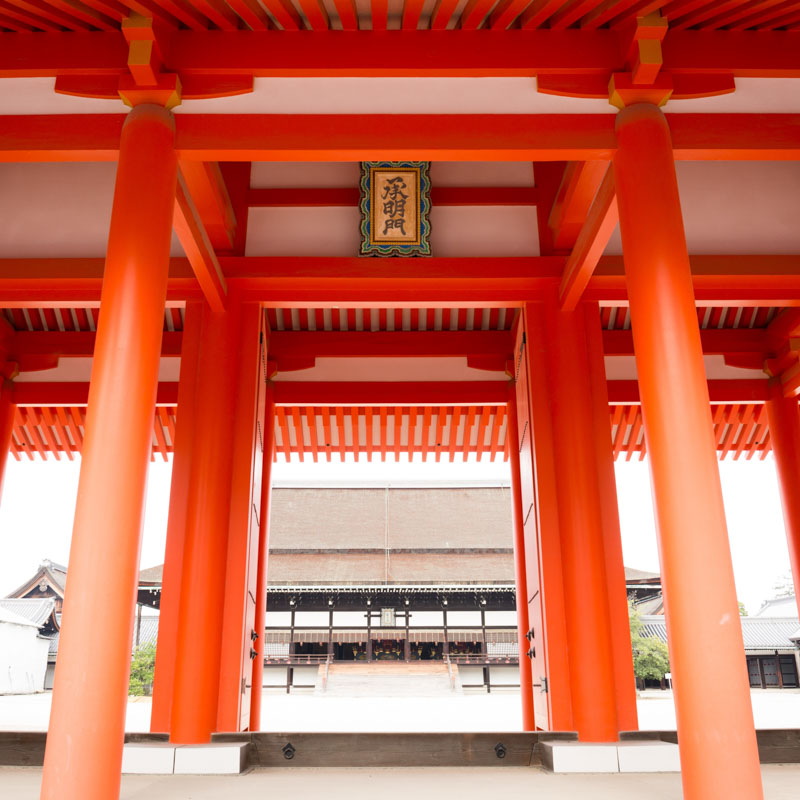
Kyoto Gyoen National Garden stretches across the center of Kyoto City. In the past, this area was lined with aristocratic residences. In one corner of the garden lies the former site of the Tsuchimikado-dono, the residence of Fujiwara no Michinaga (played by Tasuku Emoto) and Minamoto no Rinshi (played by Hana Kuroki).
Murasaki Shikibu visited this place while accompanying Shōshi (played by Ai Mikami), who had returned to her family home for childbirth. In Murasaki Shikibu’s diary, detailed accounts are written about the events at Tsuchimikado-dono, including a ritual praying for a safe delivery and Michinaga's affectionate behavior toward his grandchild.
An episode in which Fujiwara no Kintō (played by Keita Machida) asks Murasaki Shikibu, “Is Wakamurasaki around here?” is considered to be the oldest known record referencing *The Tale of Genji*.
Transportation Access
Rozan-ji temple
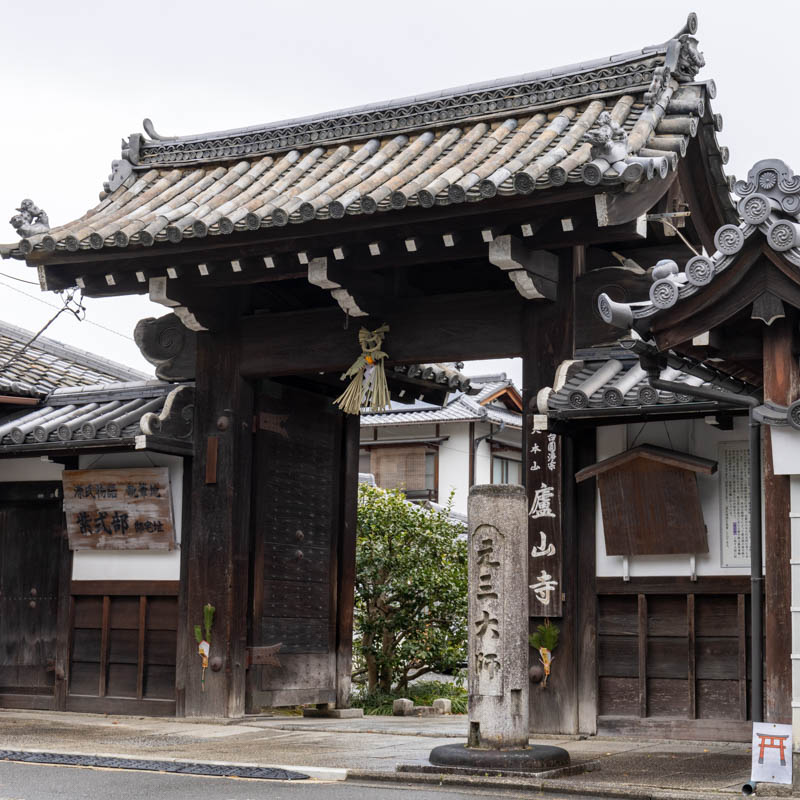
Losen-ji Temple is the head temple of the Enjo sect of the Tendai school and is formally known as Losen Tendai Koji.
It suffered destruction during the Ōnin War and again in 1571 when Mount Hiei was set ablaze by Oda Nobunaga. However, in 1573 (Tenshō 1), by the imperial decree of Emperor Ōgimachi, the temple was relocated to its current site, which was the former residence of Murasaki Shikibu.
This area was once a spacious estate passed down from Murasaki Shikibu's great-grandfather, Middle Counselor Fujiwara no Kanesuke (877–933), to either her uncle Tamenori or her father Tametoki.
Because the estate was located just west of the embankment along the western side of the Kamo River, it was known as the “Embankment Residence” (Tsutsumi-tei), and Kanesuke came to be known by the nickname “Middle Counselor of the Embankment” (Tsutsumi Chūnagon).
It is said that Murasaki Shikibu spent most of her life in this “old house” built by Kanesuke about a century earlier. Here, she lived with her husband Fujiwara no Nobutaka, raised their only daughter Kenshi (also known as Katako or Daini no Sanmi), and wrote The Tale of Genji.
Transportation Access
Iwashimizu Hachimangu Shrine
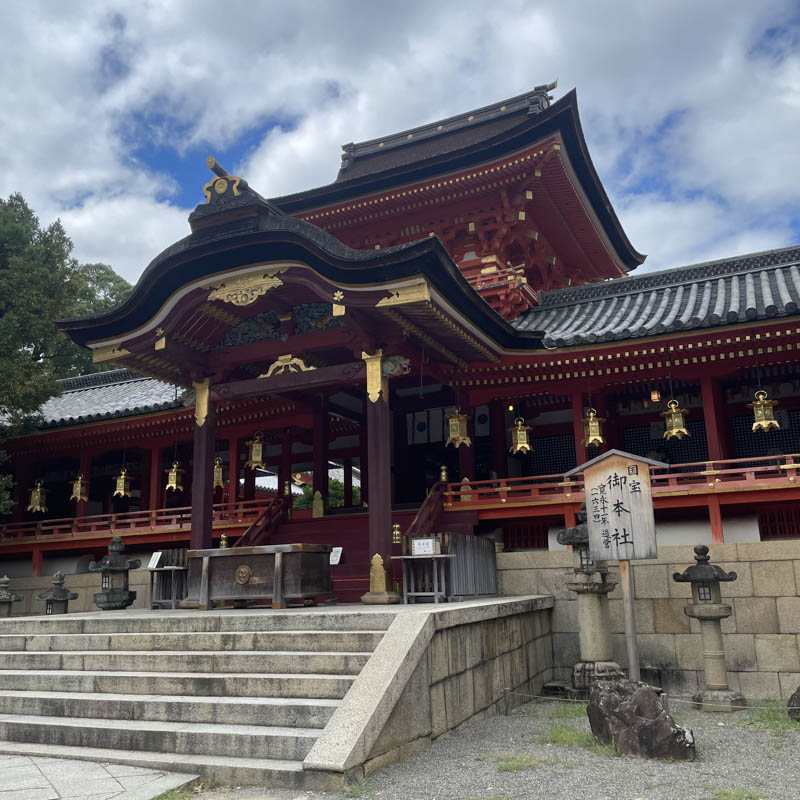
Yukinari Fujiwara (portrayed by Daichi Watanabe), known as one of the "Heian Period F4" (four key figures of the Fujiwara clan including Michinaga), Michinaga’s right-hand man, and a master calligrapher.
Located in the south of the capital, in Yawata City, is Iwashimizu Hachimangū Shrine.
The plaque on the First Torii Gate is said to be a reproduction from the Edo period of Yukinari’s calligraphy.
In Yukinari’s diary *Gonki*, it is recorded that he went on an outing—what we might now call a picnic—to Arashiyama with Michinaga and Kintō.
Fujiwara no Michikane (Michinaga’s older brother, portrayed in the drama by Reo Tamaoki) oversaw the enthronement ceremony of Emperor Ichijō and the imperial visit to Iwashimizu Hachimangū. He rose to the court rank of Junior Second Rank, equivalent to Minister of the Left or Right. According to the History of Iwashimizu Hachimangū, the imperial visit conducted in conjunction with the enthronement became a regular practice thereafter.Michikane built a mountain villa at the foot of the Higashiyama mountains, in a place once called Awata, which earned him the nickname "Lord of Awata" (Awata-dono).
It is said that he often interacted with many poets there, hosting poetry gatherings. The Tale of Eiga describes scenes where he had guests compose poems inspired by paintings on the shōji screens of his residence, encouraging poetic competition.
Transportation Access
10-minute walk from Yumeyakata to Kiyomizu-Gojo Station → Take the train bound for Yodoyabashi and get off at the 12th stop, 'Iwashimizu-Hachimangu' Station (about 30 minutes).
Ichijo Bridge・Seimei Shrine
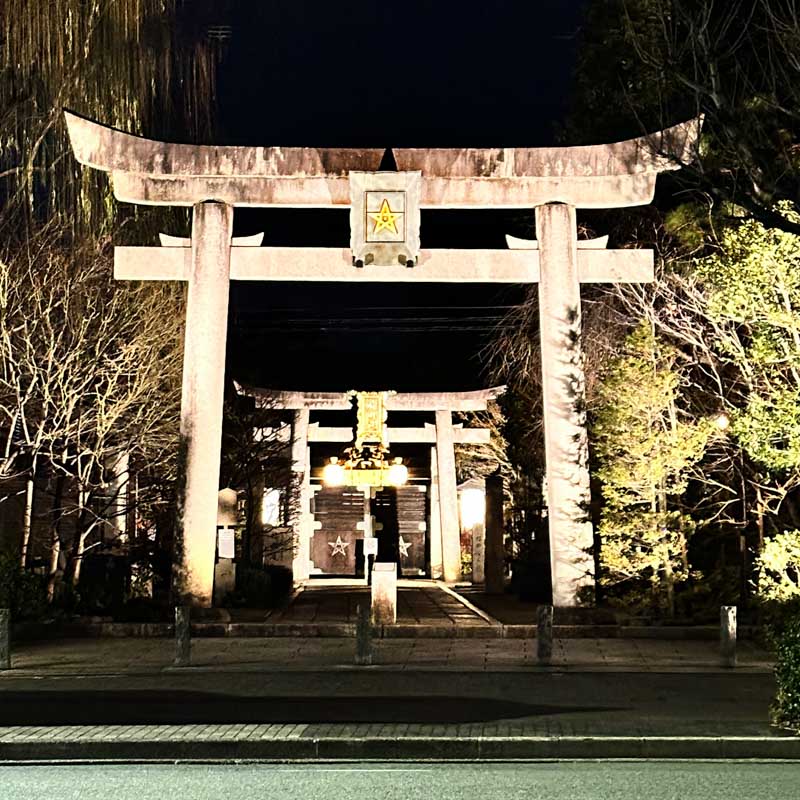
Onmyoji (Yin-Yang Master) Abe no Seimei (portrayed by Yusuke Santamaria).
He served in the Onmyoryo, a government bureau established within the Imperial Court during the era when Murasaki Shikibu and Fujiwara no Michinaga lived.
Abe no Seimei’s name appears frequently in the *Midō Kanpakuki* (The Journal of the Regent Midō), left behind by Michinaga, showing that Seimei had earned the trust of the court and the nobility as a trusted advisor.
During the Heian period, the Ichijo Modoribashi Bridge marked the boundary between central Kyoto (Rakuchu) and its outskirts (Rakugai).
Located at the "demon gate" (kimon) of Heian-kyo and said to be a threshold between this world and the next, the area is famous for legends about Seimei that have been passed down for generations.
Seimei Shrine, located near the Ichijo Modoribashi Bridge, is said to have been founded by Emperor Ichijo (portrayed in the drama by Akihisa Shiono), whom Seimei served at the end of his life.
Next to the main hall, where he is enshrined as a deity, stands a statue gazing up at the sky, as if deciphering the stars.
Transportation Access
From Yumeyakata's nearest station, Gojo Station on the Karasuma Line, take the train one stop to Kyoto Station. Then, from Municipal Bus Terminal B1, take Route 9 bound for Nishigamo Shako-mae. Get off at the 15th stop, "Ichijo Modoribashi / Seimei Shrine-mae." (Approx. 30 minutes)
Rokuharamitsu-ji Temple
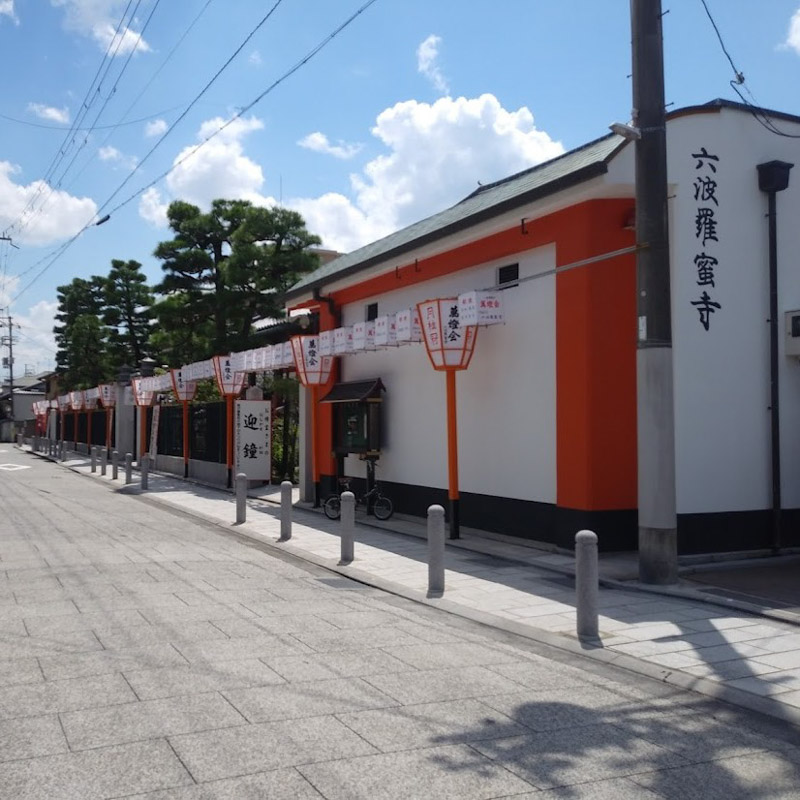
Empress Teishi (portrayed by Mitsuki Takahata in the story), who received the affection of Emperor Ichijō, was nevertheless swept away by a tragic fate.
Her body, enshrined at Rokkaku-dō (Rokuharamitsu-ji Temple), was buried—unlike the customary cremation—according to her will.
It is said that snow fell on the night of her funeral, and a poem sent by Emperor Ichijō to the late Teishi remains to this day.
Transportation Access
Access Ranking from Yumeyakata (by Distance)
Recommended Hotels in Other Areas


